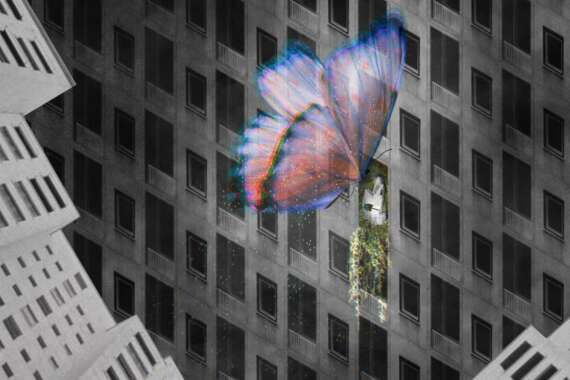Ludo-pocalypse: Mediating the Ludic Zeitgeist

On a global scale, the gaming industry is now worth over $100 billion and is growing at approximately nine percent each year, outpacing other forms of media such as movies and music. This emergence can be linked to the concept of postmodernism and cybernetics, where it deconstructs the traditional interaction between the creator and the audience. In games, players are relied on to negotiate the meaning of the game and also to interact with it. In the context of new media, this has resulted in the rise of the post-human and homo ludens – figures of a complex ludic rendering of the transition between the virtual and the physical. The significance of gaming culture, combined with the progression of new media and technology, has led to an intensification of digital mediation in the urban built environment.



















